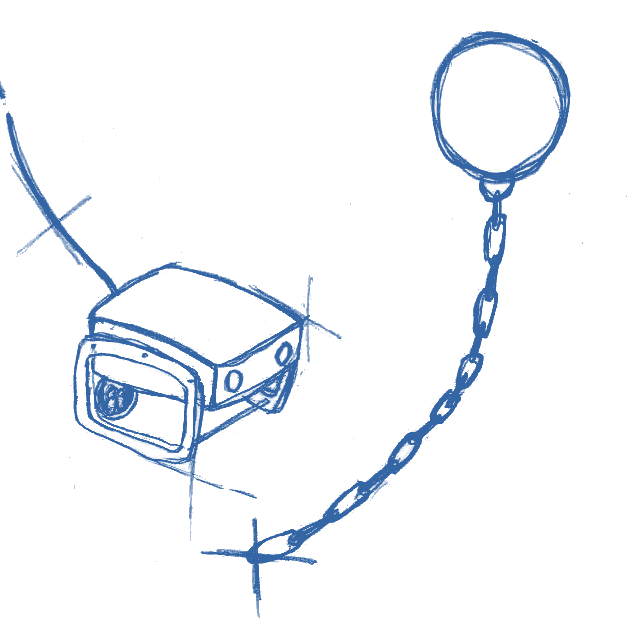Just to give you an idea about what interactive learning will be like on OCN Academy — here's an example applet illustrating the subspace of allowable motions of a double pendulum. Subspace of allowable motions? What's that supposed to be?! Well, stay tuned to learn what this is all about as the actual primer on the matter will be published during the upcoming weeks.
Positions
$latex
\boldsymbol{r} =
\left[\begin{array}{c}
\boldsymbol{r}_1 \\ \hline \boldsymbol{r}_2
\end{array}\right]
=
\left[\begin{array}{c}
l_1 \sin \alpha_1 \\
‑l_1 \cos \alpha_1 \\ \hline
l_1 \sin \alpha_1 + l_2 \sin \alpha_2 \\
‑l_1 \cos \alpha_1 — l_2 \cos \alpha_2
\end{array}\right]
$
Velocities
$latex
\boldsymbol{v} =
\left[\begin{array}{c}
\boldsymbol{v}_1 \\ \hline \boldsymbol{v}_2
\end{array}\right]
=
\left[\begin{array}{c}
l_1 \cos \alpha_1 \\
l_1 \sin \alpha_1 \\ \hline
l_1 \cos \alpha_1 \\
l_1 \sin \alpha_1
\end{array}\right]
\dot{\alpha_1}
+
\left[\begin{array}{c}
0 \\ 0 \\ \hline l_2 \cos \alpha_2 \\ l_2 \sin \alpha_2
\end{array}\right]
\dot{\alpha_2}
$
$latex
\boldsymbol{v} =
\left[\begin{array}{c}
\boldsymbol{v}_1 \\ \hline \boldsymbol{v}_2
\end{array}\right]
=
\left[\begin{array}{cc}
\boldsymbol{J_{11}} & \boldsymbol{J_{12}} \\
\boldsymbol{J_{21}} & \boldsymbol{J_{22}}
\end{array}\right]
\begin{bmatrix}
\dot{\alpha_1} \\ \dot{\alpha_2}
\end{bmatrix}
$
Subspace of Allowable Motions
The Subspace of allowable motions is specified by the columns of $latex \boldsymbol{J}$.
